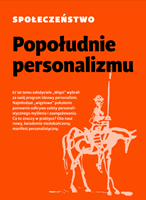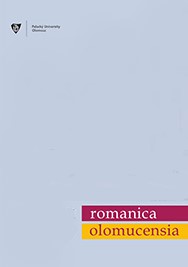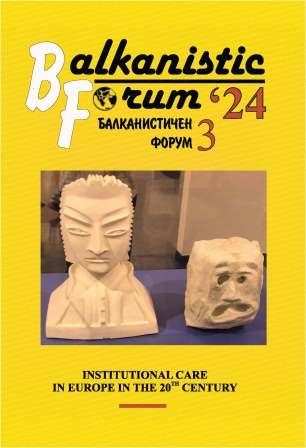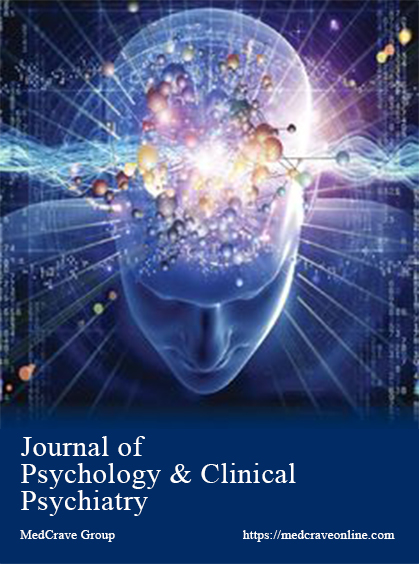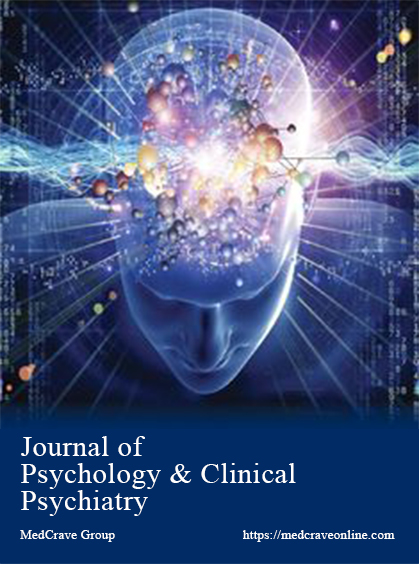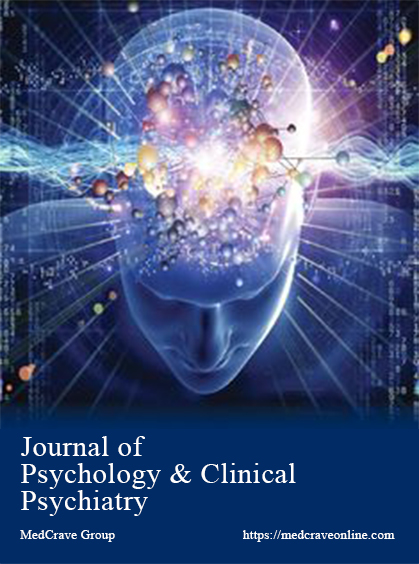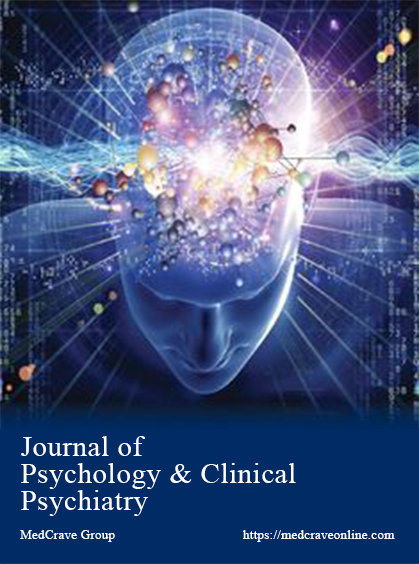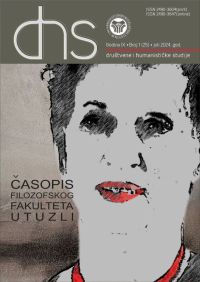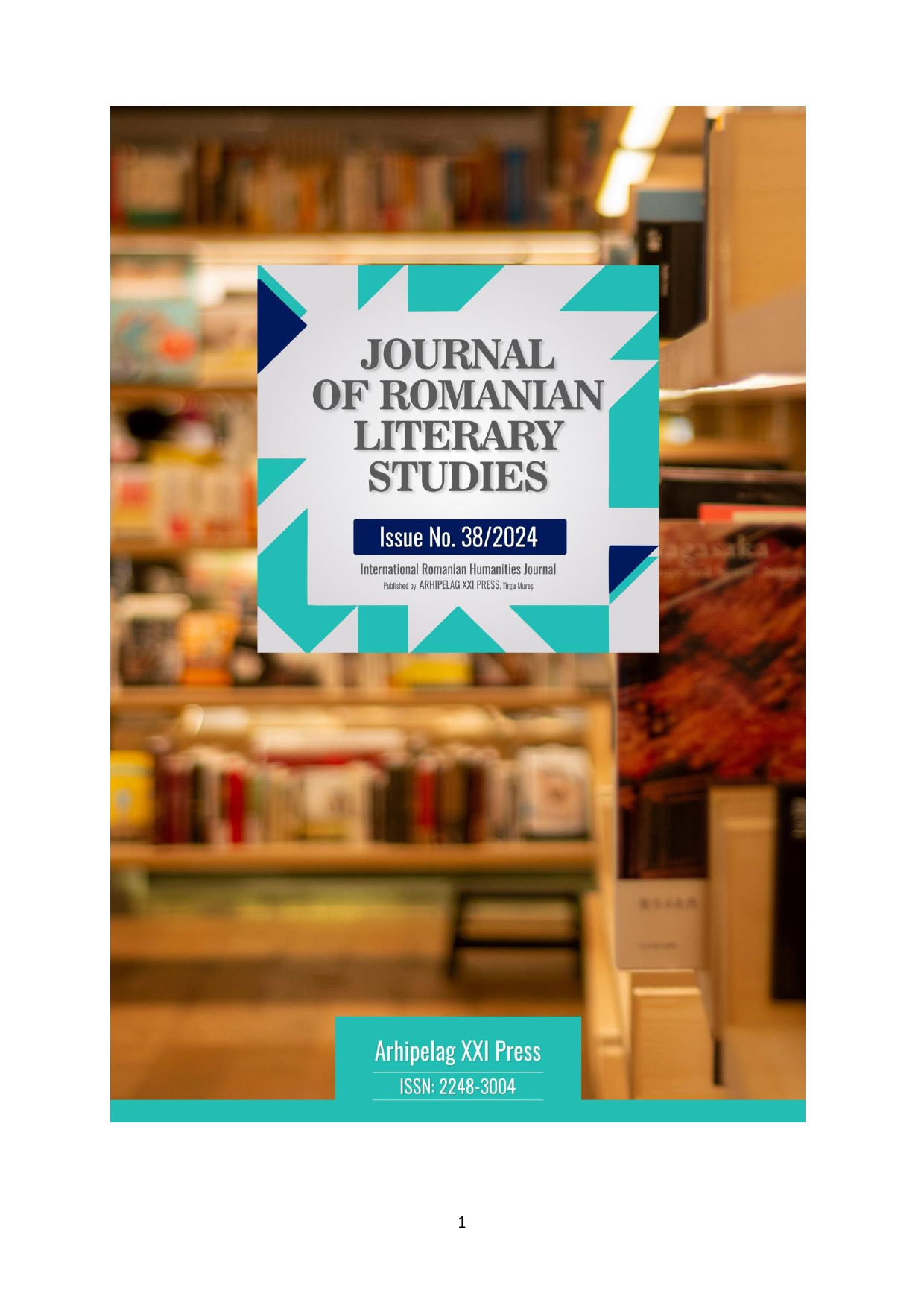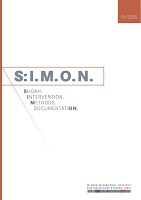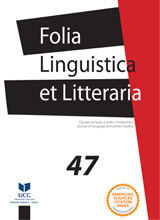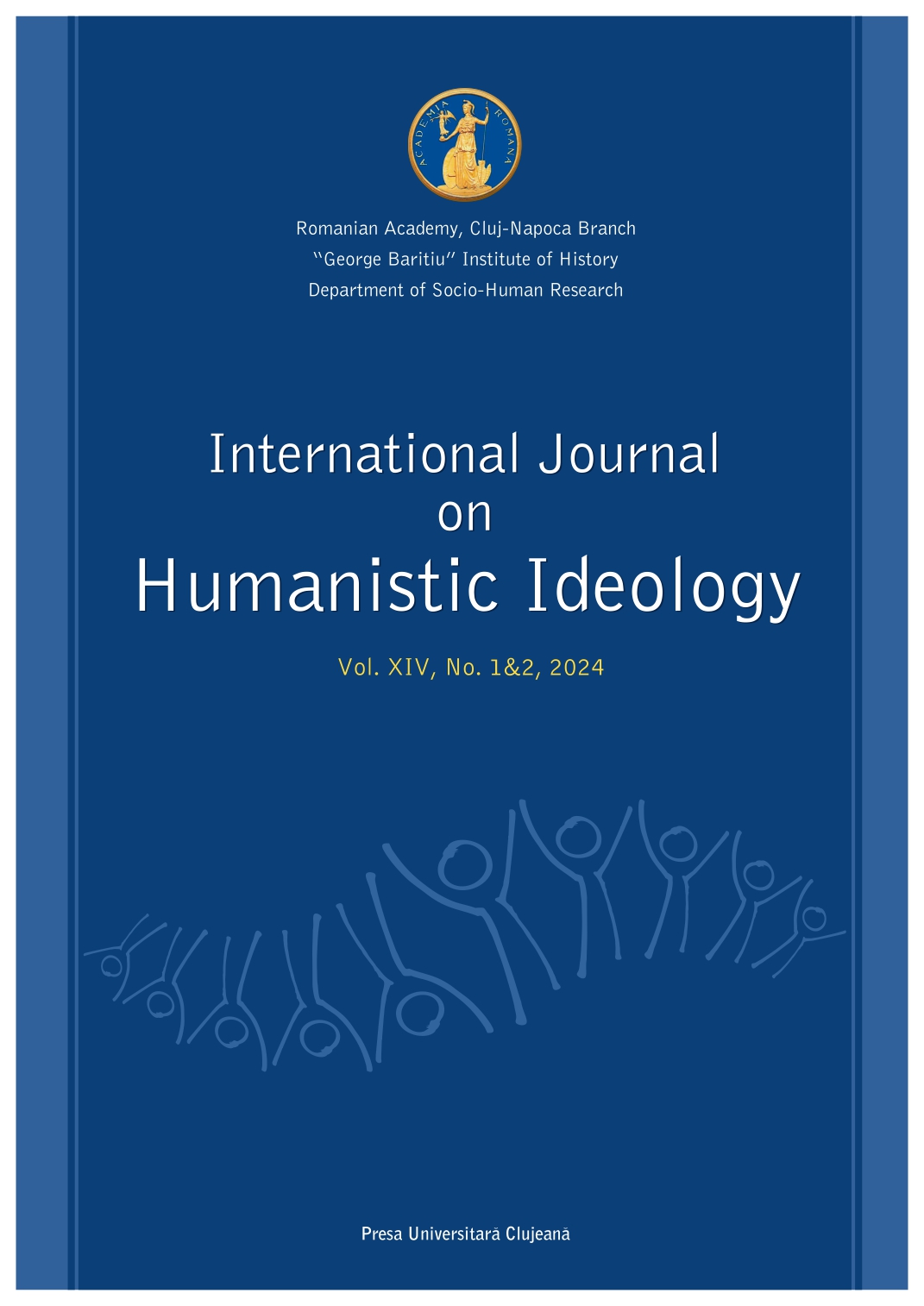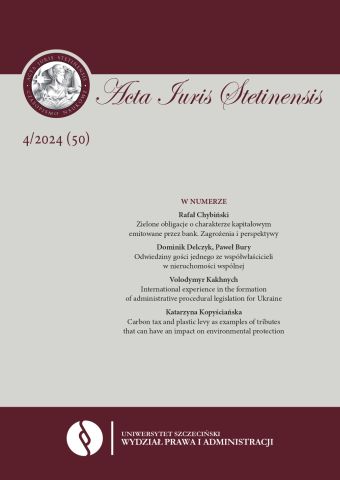Author(s): Azra Mušović / Language(s): Serbian
Issue: 47/2024
Since its beginnings, psychoanalysis has explained human nature and provided the basis for the analysis of the human psyche. However, psychoanalysis also has its critical potential. In fact, Freud’s practice of using literary works to illustrate and interpret his views lays the foundations for the application of psychoanalytic theory in literature. A psychoanalyst is an interpreter of someone else’s story, just as it is someone who, in the process of close reading, returns to the reading its unconscious meaning. In this context, psychoanalytic (more precisely post-Freudian) interpretation of literature tends to discover and analyse the instinctive source of creativity. Understood this way, psychoanalysis becomes a theory of the creative process in which the individual, thanks to art, tries to explain the most complex questions that life imposes. The paper aims at presenting an interpretation of the early work of D. H. Lawrence, the prominent representative of English modernism, in the context of psychoanalytic theory. Long torn between obsessive topics, mostly autobiographical, D. H. Lawrence in his novels deals with the human psyche – looking for the places it cracks most easily – and with himself. Instead of, like T. S. Eliot and Pound, rejecting his Romantic legacy, Lawrence sought to transform it from within, so we can therefore see him as a repressed consciousness of Modernism. Ignoring the traditional patterns of psychological realism and conscious experimentation in the prose of his contemporaries, Lawrence achieved one of the most interesting accomplishments in the literary expression of the Modernist generation. D. H Lawrence, the son of a humble miner and a mother who belonged to the upper middle class (the same one that transformed English society with its rise in the 18th and 19th centuries) and had artistic aspirations, is the perfect antithesis to Eliot’s elitism (Sutherland 50). The problem with elitism, Lawrence believed, was that it was an introduction to many notorious ideas that would, during Lawrence’s lifetime, lead to what had escalated into World War I and its shameful legacy. However, as with his Romantic predecessors, anticonservativism in Lawrence was not planned, but over time it organically crystallized into one of the most influential modernist voices – the courier of the new age. The prominent English modernist David Herbert Lawrence (1885-1930), an unrestrained prophet who dared to have answers to unsolvable questions in a turbulent time, is the embodiment of the antagonism between the malefemale principle that formed him. This conflict later grew into an antagonism between the tradition of Realism and the tendencies of Modernism, which remains to the end a key feature of his work. Demanding to classify and interpret, unconventional, controversial and dissident, it opens up one interpretive problem. Although it is ungrateful to reduce Lawrence to any precise theoretical framework, in this paper we will try to present his developmental path from the traditional point of view through the settings of evolutionary materialism to newer forms of psychoanalytic reflection. Preference is given to the psychoanalytic context since the novels The White Peacock, The Trespasser, and Sons and Lovers are analyzed through the themes of treating instincts, standpoint, and the unconscious in nature of the modern individual. Lawrence did not make it easier for critics with the composition of the first three novels. Despite all attempts to reduce his texts to recognizable messages, Lawrence’s prose seems to reject such efforts. One of the characters from the White Peacock (1911) who has always intrigued critics is the enigmatic gamekeeper-misanthrope Annable. The forerunner of the much better known Mellors in Lady Chatterley’s Lover, as the embodiment of sexual and social ambivalence, he impresses with his rebellious attitude. In The White Peacock, Annable’s life reverses socially accepted ideals of social integration, romantic harmony, and cultural heritage. Here, the story of spontaneous masculinity and the superior feminine principle is given a sarcastic twist. And Annable’s lost faith does not lead him to a state of agony, but to aggressive nihilism. A former priest becomes an extreme materialist. Naturalistic meditation on existential occasions took on an undoubtedly ironic character. The techniques used by Lawrence in the characterization of Anable become the main source of ambivalent attitudes and pave the way for complex lives and characters that the author later revives in the novel of modern form. Annable thus represents a sort of balance, embodying Lawrence’s need to polarize his opinion. In the context of historical and intellectual development of the author and his characters, the role of Annable is crucial because it determines the intellectual trajectory of Lawrence’s early work. The influential study written by William James, Pragmatism (1907), in which the author defines the nature of materialism, had a great impact on Lawrence. At the beginning of the 20th century, the term materialism meant the denial of the divine factor in the world of nature. Natural processes, materialists believed, arise as a result of the material properties of nature, and not by means of supernatural intent or intervention. Therefore, during the 19th century, materialism was challenged in religious circles, where it was linked to the development of biology, biomedical sciences or psychology. The result was a split between science and religion accentuated by a debate on evolutionary theory. Nevertheless, evolution was considered to be the link between truth and the orthodox, humanity and the cosmos (James 94-5). It thus changed the perception of human physical embodiment. For Lawrence’s generation, the relationship between mind and body, as well as human and animal, was chronically disturbed, as evidenced in the debates that followed his early works. Early critics described Lawrence’s encounter with materialist ideas as dramatic, illustrating the connection of Lawrence’s generation with great Victorian thinkers, such as Huxley. In an effort to find a compromise between the material and spiritual aspects of human nature, Lawrence became a follower of James’s study Pragmatism, in which the author favored secular science, without denying spiritual needs. In Sons and Lovers (1913), Lawrence depicts Paul Morel’s gradual distance from traditional Christianity, with the novel describing the psychological character and conflict of his existential development. According to Huxley, the natural order is traumatic, while the ethical order is promising. According to Lawrence, “Cosmic harmony” may exist, but humanity is in a state of chronic confusion and suffering. This explains the apparently incoherent disintegration of the human order expressed in the author’s early prose. In it, Lawrence deals with the gap that arises between the human and natural order, between the individual and the group, as well as between experience and perception of values (Lawrence 1997b, 41). Lawrence argued that evolutionary processes are a way in which the aesthetic can be linked to religion, since both are cognitions of the magnificence that the artist is obliged to seek. Lawrence’s sources for this spiritual form of evolutionary development are of a hybrid nature (Lawrence 1985, 271-75). But this is not a Darwinian vision. He is influenced by Schopenhauer’s essay The Metaphysics of [Sexual] Love (1818), in which the author controversially emphasizes the role of the (sexual) impulse in human lives, but also offers a new way of understanding inter-generational relationships. Schopenhauer’s sexual-reproductive determinism as an idea formulates important topics that Lawrence will deal with, such as that generational love choices are not just intimate confessions but have historical implications, which is a valid theme we find in The Trespasser and Sons and Lovers. Although he treatsin his work the instinctive life of modern individual, and is therefore interested in the psychoanalytical ideas of his time, Lawrence takes a departure from the popular Freudian and Jungian interpretations of the unconscious. His interest in psychoanalysis is evidenced by two studies on this subject, Psychoanalysis and the Unconscious (1921) and Fantasia of the Unconscious (1922). In them, Lawrence acts primarily as a cultural critic, focused on the wider significance of psychoanalysis as a domain that goes beyond its limited, commercialized, clinical sense. Like his Romantic ancestors, Lawrence examined models of coherent development, potential origins, and established values. He put his vision in the context of a general pervasive incoherence that emphasize the lack of continuity, alienation of the individual, abandonment, confusion, as well as the negation of inherited values. The Trespasser (1912) dramatizes what will become Lawrence’s main theme, that is, the search for liberation from inhibitory social obligations, the revelation of personal authenticity through sexual passion and a visionary impuls based on sensuality that erases a simple reduction of the modern individual. In this context, the novel is a philosophical melodrama in which a potential development of an individual (described as a vitalistic impulse) comes into conflict with manipulative circumstances of the age (Worthen 28-42). Lawrence’s images exude realism, but they are also metaphorical and encourage imaginative explorations of their implications. Beckett thus emphasizes “the wonderful interfusion” of “physiology, psychology, and lavish poetry” in Sons and Lovers(Fernihough 70). We see that the mind in Lawrence’s work is never completely encompassed by physical processes or autonomous consciousness, explaines Beckett. Lawrence criticizes the male inclinations of 19th century science. His main critique of evolutionary materialism is not only it excludes women and sensuality, but that it lacks dialectical exchange. Lawrence’s vision of biological development is abstract; he writes in a religious manner, refusing to reduce human nature to limited causality (Lightman 119- 42). His entire oeuvre emphasizes this kind of ambiguity in understanding the human impulse. Although the characters in Lawrence’s early work do not have a clear vision of their aspirations, the writer’s aspirations gradually crystallize in a psychoanalytic context. In Sons and Lovers, the author treats the theme of standpoint and the unconscious. The use of standpoint and free indirect speech, in order to present the position of an alienated individual, becomes a key characteristic of the narrative method of the novel. By internalizing the standpoints of others with the help of free indirect speech, Lawrence creates a refined insight into how identity is formed interpersonally. It is a progress in relation to the solipsistic self-absorption that The Trespasser has dealt with, and beyond the limits of ethical and metaphysical research set by the debate on scientific materialism (Fernihough 85-92). Sons and Lovers continue to be occupied by the relation of mind and body as well as issues of cultural and impersonal, with the addition of a new level. The novel consistently pays attention to the psychological conditioning expressed through personal relationships, and not only when it comes to those that can be characterizes as Edipal. Lawrence’s characterization becomes more and more subtle, because he further builds a picture of the emotional structure of character’s personality through complex interpersonal action. It is a process described with great delicacy and certainly goes beyond harsher versions of psychoanalytic interpretations. It is about forming unconscious mental structures, but Lawrence rightly points out that psychoanalysis, like materialist determinism, reveals only half the story. That is why he is indignant when some early critics interpret the novel as a psychoanalytic case. As Fiona Beckett points out, Lawrence’s psychological modernism does not involve his agreement with Freud, although their coincidence in intellectual history is of serious importance. Nevertheless, Freudianism as a whole allows us to see the dynamics between the psychoanalytic and social aspect, that is, the interpretation of the novel Sons and Lovers (Beckett 30-38). Therefore, the psychological interpretation of the novel is not an alternative to the social interpretation. In the context of going beyond the traditional, Lawrence treats family relations in the realm of the unconscious as well as through the prism of social relations. Thus, the unconscious in Sons and Lovers is a complex and sophisticated structure created from various sources, which include the embracement of the concept of sexuality. We see that Lawrence’s interest in the psychological is organically linked to his dealing with the theme of individual, which the author understands as the opposite to the mass-culture of Modernism. Thus, what we call cosmological in his poetics has less similarities with psychoanalysis than with the creation of Lawrence’s “mythology”, a highly metaphorical narrative that the writer puts at the service of his personal philosophy about the harmony of individual with the earth/nature. From such “metaphysics” arises the idea of “earth-current” as a transforming energy that alters the nature of protagonists in his early novels. The mind is a neutral receptor of these impulses, which it receives from the bodily centers of consciousness (holistic aspect). From this standpoint, Lawrence provides a reasoned critique of the formal and narrative preoccupations of his modernist contemporaries. Namely, he believes that disconnected fragments that reflect the daily mental activities of the mind cannot be the basis for treating the unconscious, which is the principle on which most modernist texts are based. Thus, he alludes to contemporaries who deal with what Virginia Woolf calls “the dark places of psychology” (Fernihough 231). With this, Lawrence seeks to reverse the formal connection between the narrative of the unconscious and Modernism. His philosophy draws attention to the materiality of the body, to the physical mechanisms of the conscious/unconscious relationship, prophetically refuting the stereotypical beliefs of the conventional psychoanalysis of the time. Lawrence’s unconscious is thus created by an innovative treatment of the traditional, while also deviating from the Freudian point of view. This is a key concept in understanding Lawrence’s early work, announcing new, complex forms and ideas of one of the most innovative modernist voices.
More...
